Thinking of visiting Llanddwyn Island, Anglesey? This little guide contains info on its history, how to get there and what there is to see.
Some of the links in this post are affiliate links. All this means is that if you make a purchase through one of the links I have provided, I will earn a small commission as a result but the cost to you will remain exactly the same.
As we near the end of September every year in the UK, we’re getting towards the end of both camping and hiking season. The days are getting shorter and the weather is becoming cooler and wetter, and generally less reliable for the pursuit of outdoor adventures.
And this is why, on a Friday afternoon towards the end of September, around an hour before we clocked off work, Jayne and I decided to head over to Anglesey for the weekend. It was forecast to be the last dry and partially sunny weekend for some time, and we did not want to miss the opportunity to take advantage of this.
Anglesey is somewhere that neither us had visited for some time. It’s remote (which is great news when covid is showing no signs of disappearing anytime soon), relatively small (so you’re never far from the coast) and there are picturesque coastal trails aplenty. In fact, 130 miles of the Wales Coast Path can be found on the island of Anglesey.
We found a campsite not far from the coast that still had availability at short notice, booked it, threw a few things into a backpack (Jayne was bringing the tent so she threw in a few more than I did!), picked up a couple of sandwiches for eating along the way, and hit the road. Because, that’s how we roll.
Unfortunately, due to a lack of planning, we almost ended up sleeping in the car. Unbeknownst to us when we left Shrewsbury, the campsite we’d booked closes its gates to visitors at 8:30 p.m. And that, apparently, is not unusual practice here in the UK. I understand their reasoning — they don’t want people turning up at some ungodly hour in the middle of the night, making a lot of noise attempting to erect their tent while others are trying to sleep — however, I do think 8:30 p.m. is a little early.
Fortunately for us, we rocked up at 8:25 p.m.
We would have arrived much earlier had we not spent what seemed like forever driving up and down the same roads less than a mile from the campsite, in an attempt to find its exact location. As is often the case, Google Maps was not a lot of use at this point. The fact that it was pitch dark was not helping our cause either.
But, I digress.
As it turned out, Church Bay campsite is lovely, and I can 100% recommend a stay here if you’re visiting the island. It’s located just a few minutes walk from the beach of Porth Swtan (in Church Bay), and you’ll pass a popular café, highly-rated seafood restaurant, and National Trust property, all en route to said beach.
We took a lovely circular walk along the Anglesey Coast Path and around Church Bay the next morning. But, the real highlight of our short stay in Anglesey, for me, was our visit to Llanddwyn Island.
A little bit about Llanddwyn Island, Anglesey
Llanddwyn Island (or ‘Ynys Llanddwyn’ in Welsh) is a small tidal island off the west coast of Anglesey, and is part of the Newborough Warren National Nature Reserve. It’s home to one of North Wales’ most photogenic lighthouses, as well as a stunning Blue Flag beach, some beautiful deserted coves, the ruined remains of an ancient church, and a local maritime history museum housed inside a small terrace of pilot houses (unfortunately, closed at the moment).
The island is named after St Dwynwen, the Welsh patron saint of lovers — essentially, the Welsh equivalent of St. Valentine. Legend has it that St. Dwynwen (daughter to King Brychan Brycheiniog) fell in love with a young man named Maelon, but their love affair was thwarted by her father who had arranged for her to marry someone else. Feeling that her future was doomed and knowing that she could never be with the man she loved, she begged God to erase all her memories of Maelon. That night, when St Dwynwen fell asleep, she was visited by an angel carrying a potion designed to make her forget her love. However, when St Dwynwen drank the potion, her memories remained but instead her lover was turned into a block of ice.
God then appeared and granted St Dwynwen three wishes. Her first wish was that Maelon be thawed, her second was that all true lovers find happiness, and her third was that she would never marry.
All three wishes were fulfilled and as a thank you to God, St Dwynwen promised to devote herself to him for the rest of her life. She founded a convent on Llanddwyn Island, Anglesey, and a well named after her became a place of pilgrimage after her death in 465AD. There are, reportedly, eels which live in this well, and it is said that their behaviour can predict whether or not your romantic relationship will be a success!
How to get to Llanddwyn Island, Anglesey
Although there are buses on Anglesey, services don’t run particularly frequently and only run along the roads that are wide enough to accommodate them. For this reason, you’ll probably be visiting Llanddwyn Island, Anglesey, by car.
The nearest car park is Newborough Beach Car Park. It’s a fairly large car park with 350 spaces, so you shouldn’t struggle to get in. Although, on nice summer days, you might find yourself in a long queue!
Two hours will cost you £2 and it’s an additional 40 pence for every 20 minutes you stay above that, to a maximum of £7 (which will buy you six hours).
There are public toilets on site but be aware that these close at 6 p.m. We hadn’t realised this until we arrived back at the car park after our visit to Llanddwyn Island, and as a result, we had to resort to disappearing into the woods for a wild wee!
Once you’re parked up, it’s just a case of walking along the beach until you reach the approach to Llanddwyn Island (approximately one mile).
Visiting Llanddwyn Island | Tide Times
Llanddwyn Island, Anglesey, is a tidal island (meaning that it only becomes an island when the tides are at their highest), so visiting must be planned in advance, at a time when the tides are low enough to grant you a safe passage.
Make sure you check the Llanddwyn Island tide times before you arrive. And make sure you have ample time to get back as well — it’s a pretty remote and blustery place to be stranded for very long, and there is nowhere to buy food and drink on the island.
Low tide was 7:30 p.m. when we visited last September, which tied in perfectly with the time of sunset — 7:40 p.m.
Llanddwyn Island | Walking Routes
At one end of Newborough Beach, a tiny wooden hut marks your arrival on to the island. Inside the little wooden shelter, you’ll find a little bit of history about the island, as well as tips and recommendations for your visit.
There are two walking routes marked on the map — a blue and a red trail (see below). One is slightly longer (and a little bit more undulating) than the other, but even the longest route is only 1.5 miles (2.2 kilometres), so that’s the one we chose to follow.
It’s called the ‘Saint, Sand and Sea Trail’ because it takes you around the outer edges of the island, via the wildlife-rich dunes and deserted little coves and beaches. You’ll also be treated to panoramic views of Snowdonia, as well as learning about the island’s history and geology along the way. The ‘Saint, Sand and Sea Trail’ passes by the following key attractions.
St Dwynwen’s Church
Seeing as though you’ve already learnt about St. Dwynwen earlier in this post, St Dwynwen’s Church needs no introduction. The 16th century church was built on the site of the original fifth century monastery, and has been named after St Dwynwen herself.
Although, only a ruin remains today, it’s quite an atmospheric ruin surrounded by stunning views on all sides.
Tŵr Mawr Lighthouse
This is the best preserved of the two lighthouses on Llanddwyn Island and also, the most photographed. And it’s very easy to see why as you approach. The winding stone steps which lead up to the lighthouse guide the viewers eye perfectly into the shot, and because it’s perched on the southwestern tip of the island, in a slightly elevated position, it’s backed by unobstructed views out to sea.
Tŵr Mawr (meaning ‘great tower’) is 11 metres tall and was built in 1873 in a style characteristic of Anglesey windmills. Marking the rocky peninsula near the south west corner of Anglesey, it was in continuous operation for nearly 130 years, from 1846 right up until 1975, and was visible from up to seven miles away.
We timed our visit to Llanddwyn Island almost perfectly with the time the sun set. As a result , we found lots of serious photographers there, with their tripods set up in order to capture Tŵr Mawr at sunset.
We left just before sunset, because we didn’t fancy walking back along Newborough Beach in the dark, so I’ve cheated a little and added my own pink tints to the sky in this picture 😉
Tŵr Bach Lighthouse
Somewhat overshadowed by Tŵr Mawr — a fact that’s also backed up by it’s name, meaning ‘small tower’ —Tŵr Bach Lighthouse was actually the original lighthouse on Llanddwyn Island. It is believed to have been built as a landmark and day beacon (an unlit lighthouse). However, it couldn’t easily be seen by ships approaching from the west, and for that reason, another lighthouse (Tŵr Mawr) was built in its place.
I can’t seem to find any information online as to why Tŵr Mawr ceased operation in 1975. But, when it did, a new, modern navigation beacon was installed in Tŵr Bach lighthouse, and it continues to be in operation today, whilst Tŵr Mawr exists purely for decorative purposes.
Pilot’s Cottages
The Harbour Trust employed pilots to guide ships safely through the sand bars and into port. These pilots lived in the terrace of cottages you can see at one end of the island, in between the two lighthouses mentioned above.
Built just before 1830, the Pilot’s Cottages were inhabited right up until the early-mid 1940s, when the pilot station closed. The cottages were then transformed into a local maritime history museum sometime later.
Whilst the museum was only usually open during the summer holidays, it closed to the public during 2018 and 2019 in order to facilitate the filming of a new BBC series, The 1900 Island. From what I can gather as a result of my research online, it’s not opened again since. However, it’s still interesting to admire these cottages from the outside, and to have a peek through their windows at a bygone era.
The Pilot’s Cottages were our last stop on Llanddwyn Island, Anglesey, before making our way back across Newborough Beach towards the car.
There are also numerous walking trails running through Newborough Forest, but those will have to wait until another day.
Anglesey | Further Reading
If this post has inspired you to explore more of this remote and beautiful island off the northwest coast of Wales, here are a few books I can recommend getting your hands on:
Walking the Isle of Anglesey Coastal Path – Official Guide. This book breaks the 130-mile coast path down into 12 manageable sections of between six and 14 miles (10-23 kilometres) per day, and also gives useful information on accommodation, public transport, seasonal closures and tidal restrictions.
Isle of Anglesey – Top 10 Walks: Circular walks along the Wales Coast Path. Llanddwyn Island is one of the 10 featured circular walks in this book, but you’ll also find Aberffraw, Rhoscolyn, Holyhead Mountain and South Stack, Carmel Head, Cemlyn, Cemaes Bay, Point Lynas, Moelfre and Red Wharf Bay.
Isle of Anglesey Coast Path Map. 1:25,000 scale OS mapping for the entire Isle of Anglesey Coast Path.







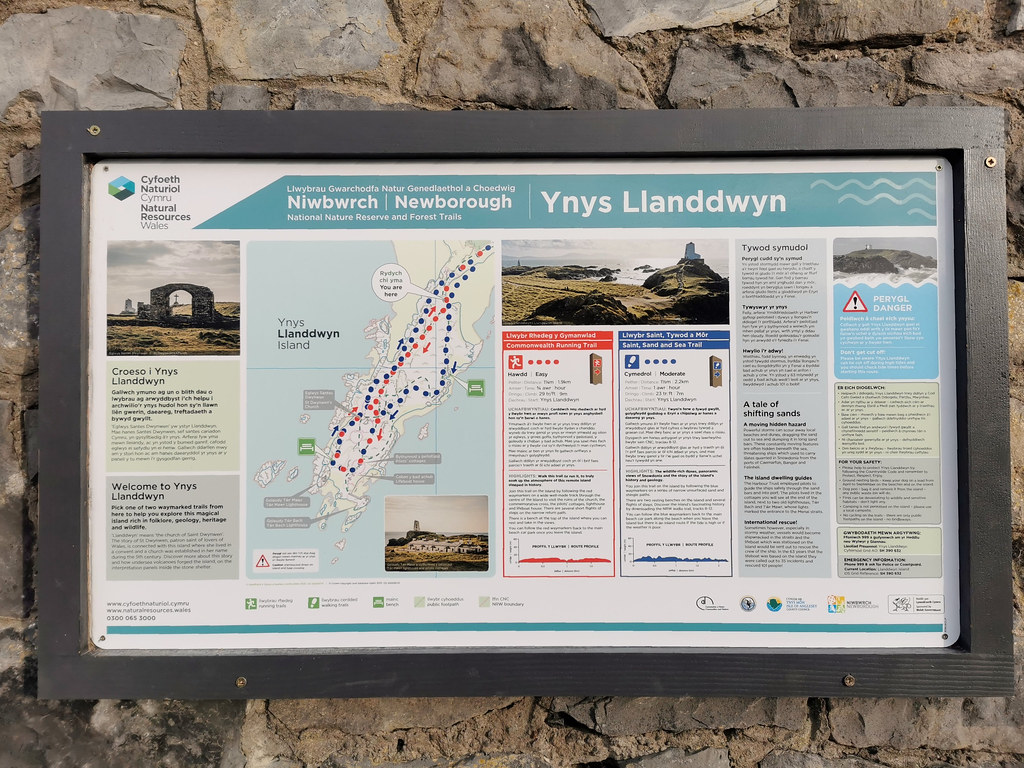
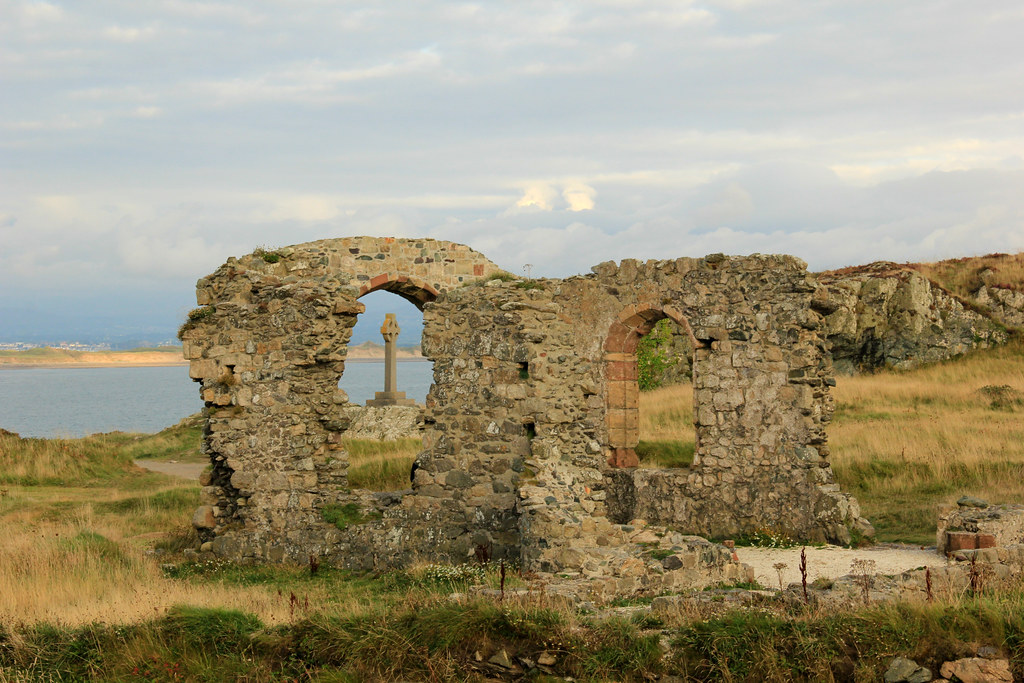

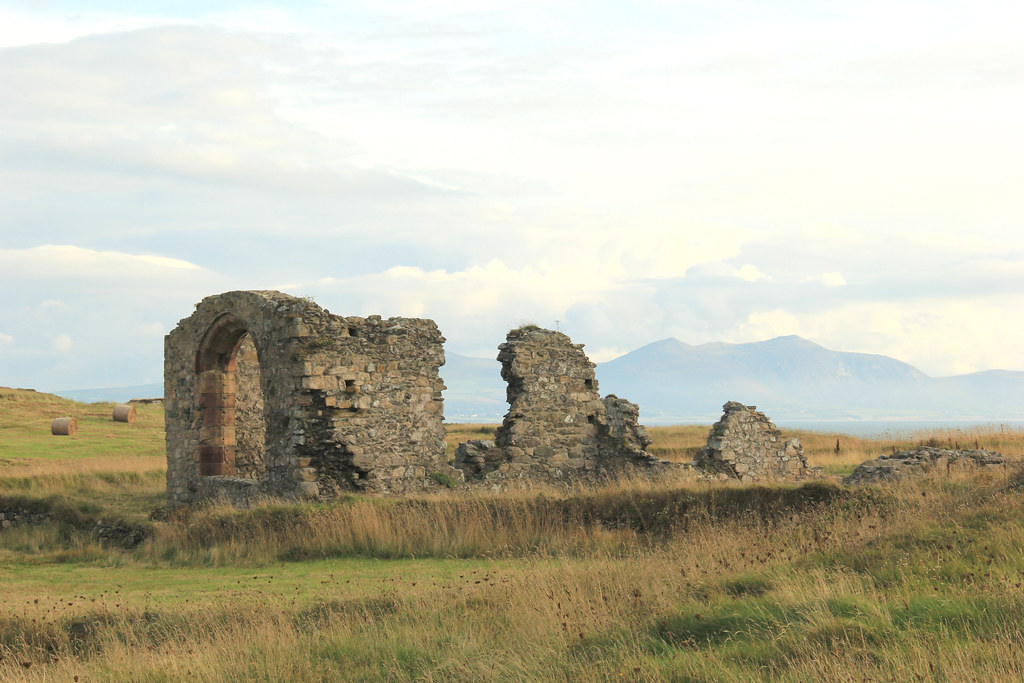
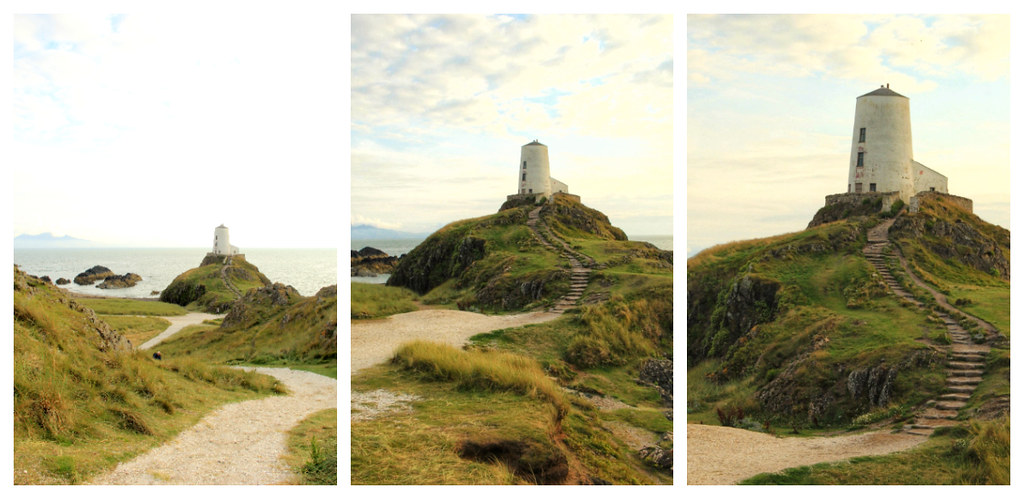
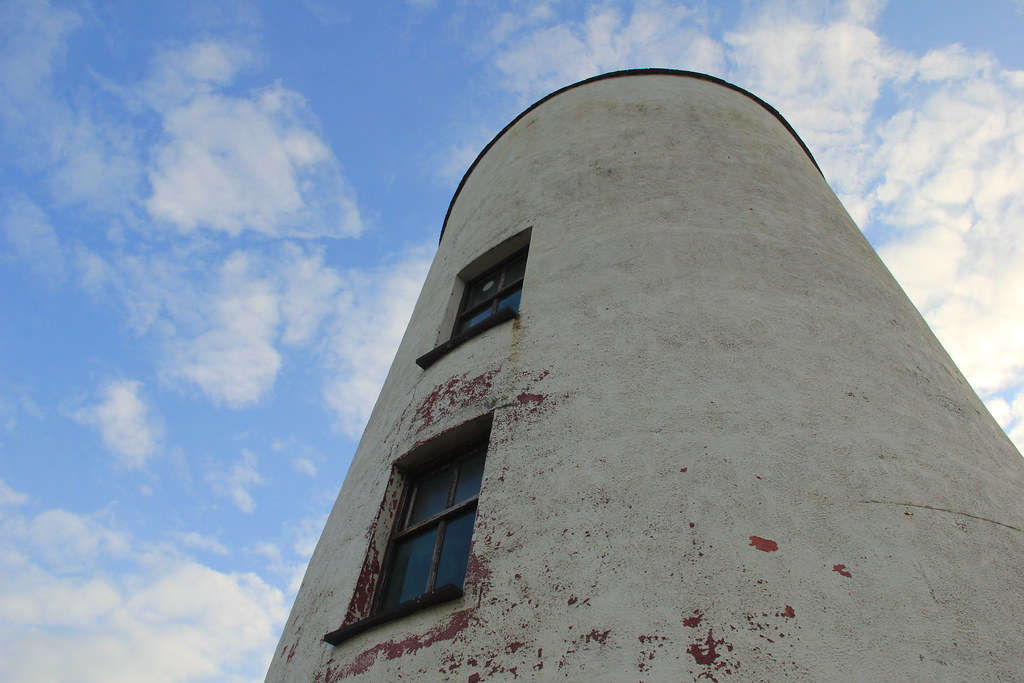











No Comments